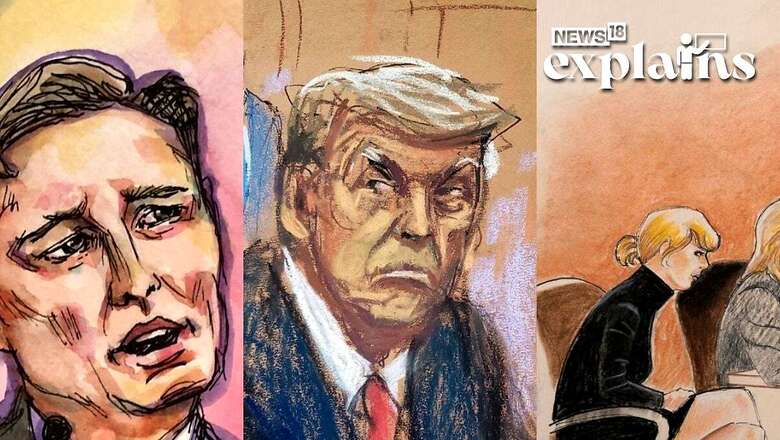
views
Former US President Donald Trump’s arraignment also brought with it court portraits of the leader, looking grim during his trial relating to a hush money case. But why are portraits still commissioned in US court hearings, in an age where almost everyone owns at least a phone camera of discernable pixel quality?
The answer is complicated. But definitely interesting.
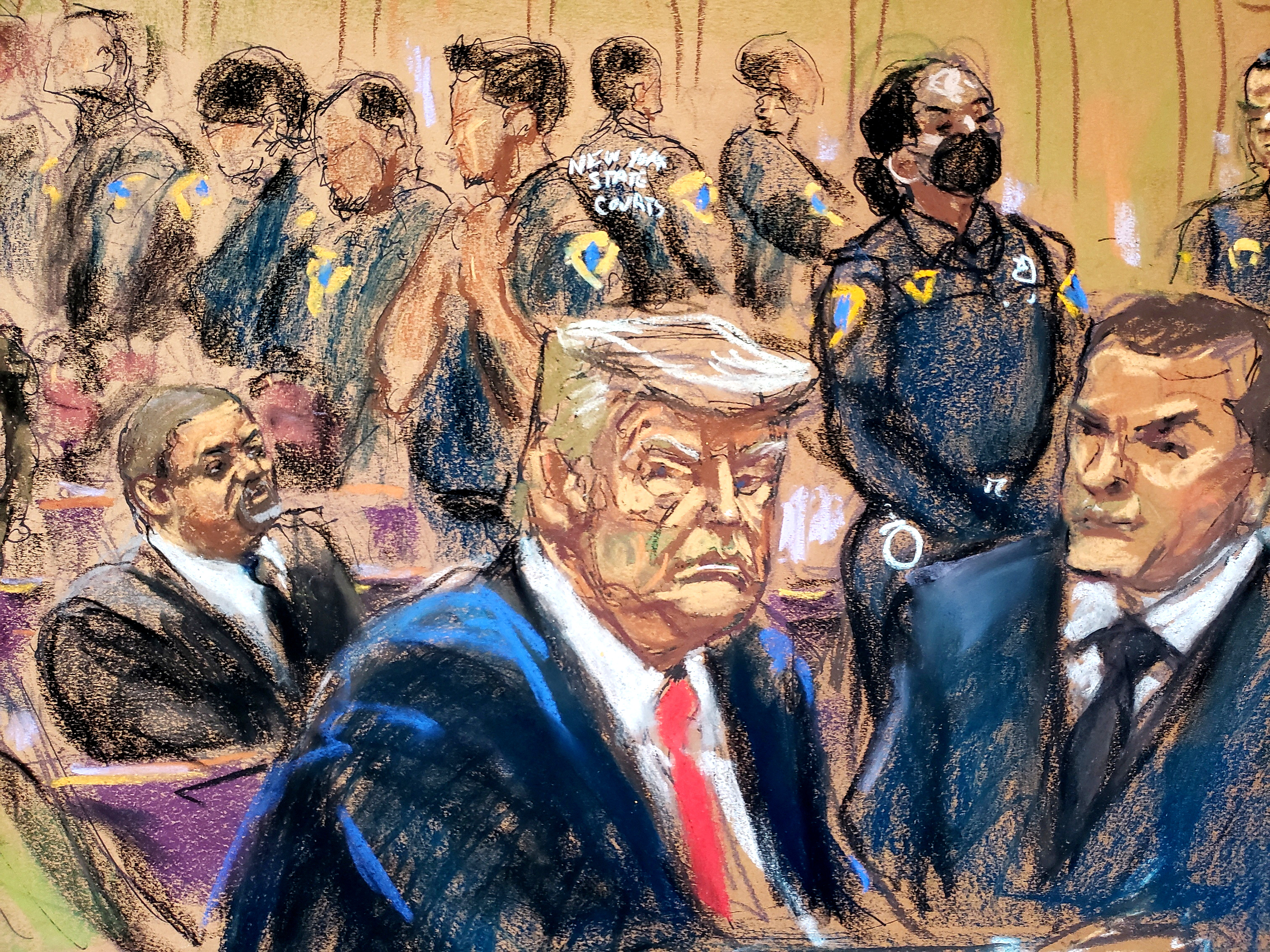
Reporters for a few publications were let in through the doors, but they were asked to leave shortly after 2 p.m., before proceedings kicked off.
Despite the fact that cameras were stationed outside the Manhattan courtroom where Trump was arraigned, public access to the proceedings was restricted, reported Business Insider. Only three courtroom sketch artists remained to record Trump’s day in court. Reporters from a few media were allowed in, but they were asked to leave just after 2 pm, before the proceedings began.
When Did the Custom of Court Room Sketches Begin?
According to a report by Artsy.net, artists have quickly recreated delicate and high-profile proceedings for an avid public since the Salem witch trials of 1692, more than a century before the first image was captured.
During the Reformation, artists would be present in courts. A report by Messy Nessy Chic, an unknown English artist depicted a scene of the trial of Mary, Queen of Scots as she entered the courtroom of Fatheringay Castle in 1586 and Joseph Nicolas Robert-Fleury’s depiction of the trial of Galileo Galilei in 1633 hangs in the Louvre.
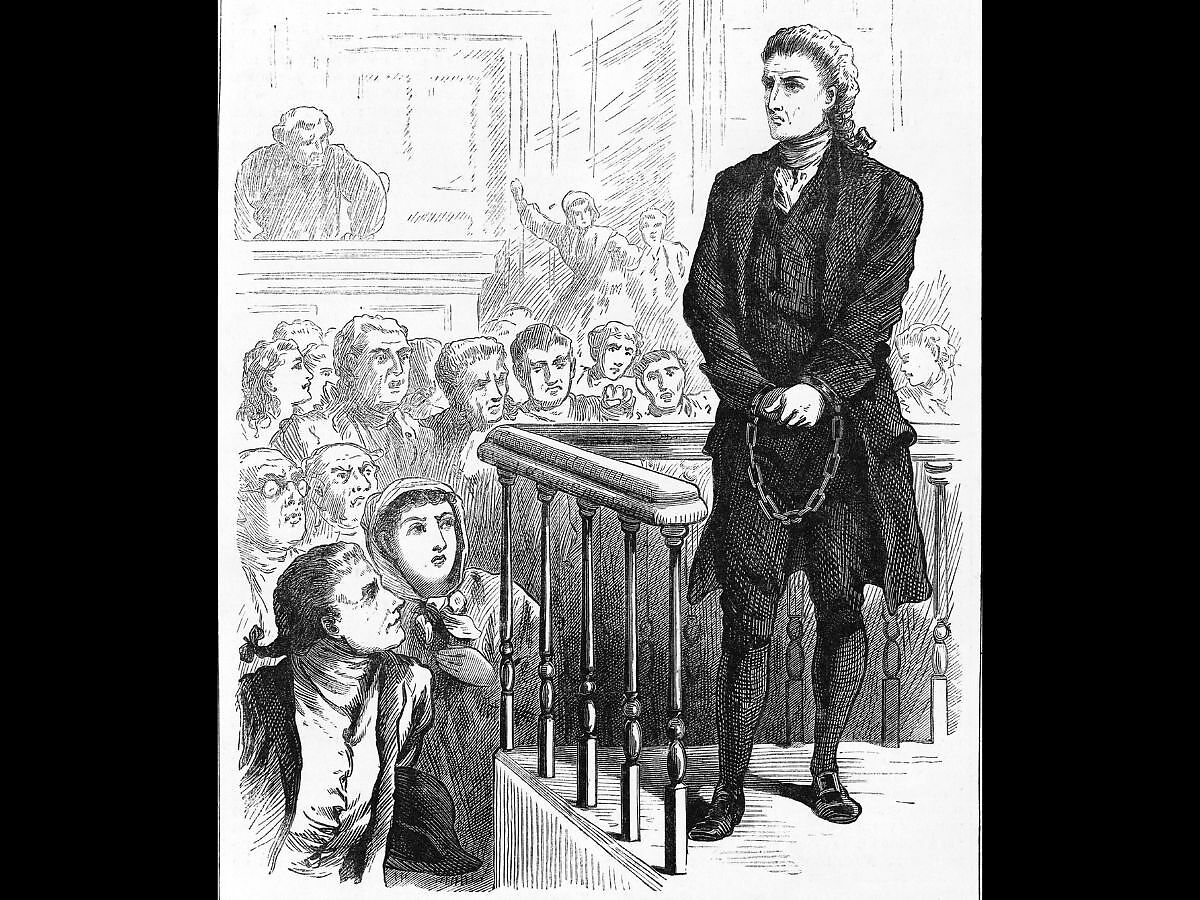
The report quotes researchers at Syracuse University as saying that, “Victorian newspapers and news magazines had ‘artist firemen’ who were dispatched to the front to surreptitiously send back thumbnail sketches of the action”.
The courtroom drawing as we know it now arose in response to the 1935 media circus surrounding the kidnapping and murder of aviator Charles Lindbergh’s newborn son. Once newsreel cameras, noisy shutters, tripods, and bright flashing lights encroached on the court, the American Bar Association imposed a camera prohibition, forcing news outlets to seek other coverage, the report explains.
But as photographic technology developed, along with a growing public interest in criminal trials, some US courts relented and allowed the limited use of cameras. As per the report, some US states in the mid-1970s allowed cameras in a limited capacity, and some federal courts even tried to bring back cameras into the court entirely in the early 90s. But it was not completely successful.
The answer lies in the ‘trial of the century’; the OJ Simpson murder case in 1994. The presiding judge Lance A. Ito allowed a single TV camera into his court after a ‘request for transparency’ by both the defense and prosecution.
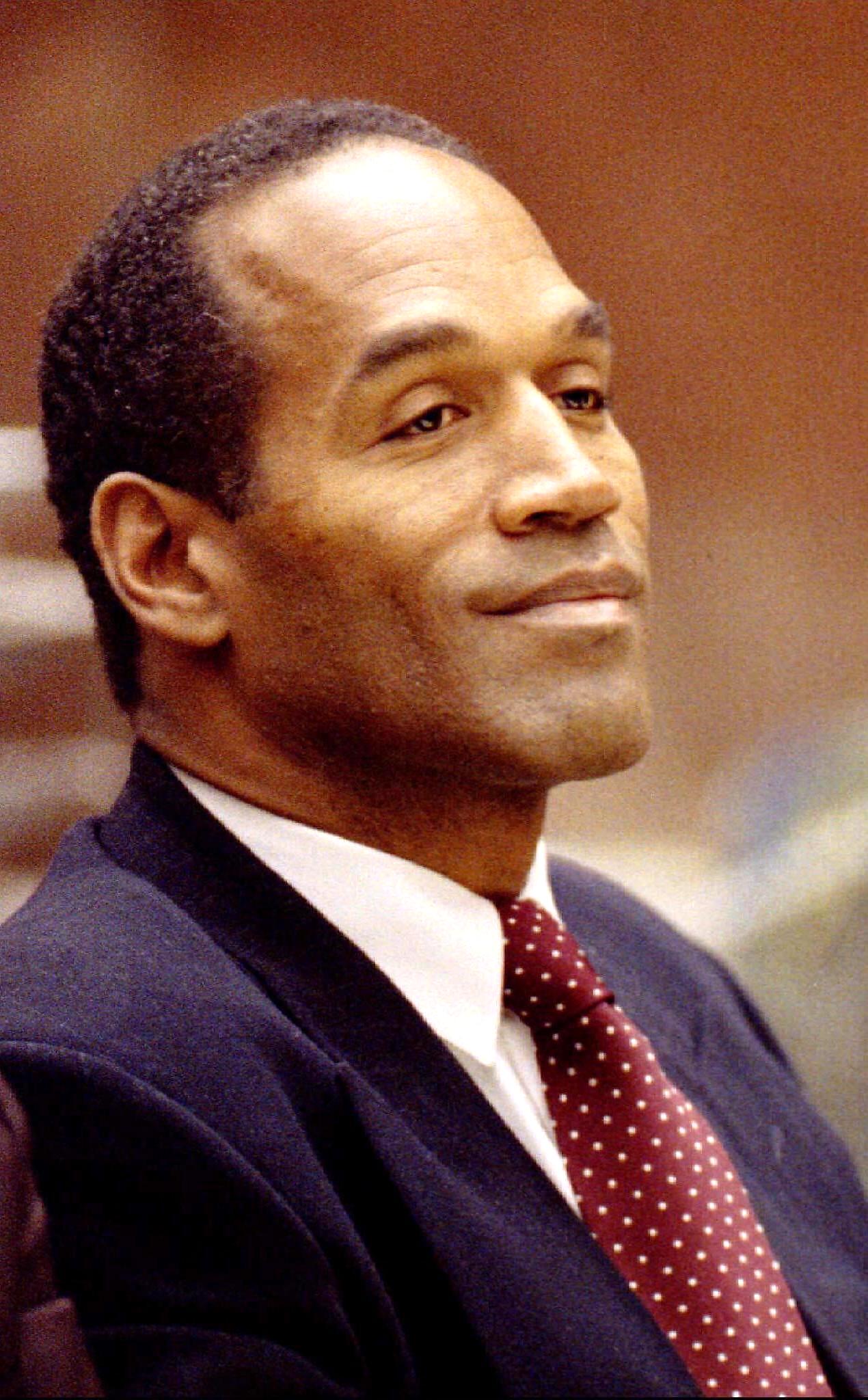
But that decision apparently backfired, as witnesses “went complete makeovers” between the preliminary hearings and the actual trial. The housekeepers came to the courts “completely done up,” the report says, and even the ‘lawyers started positioning their lecterns for optimal camera angles’.
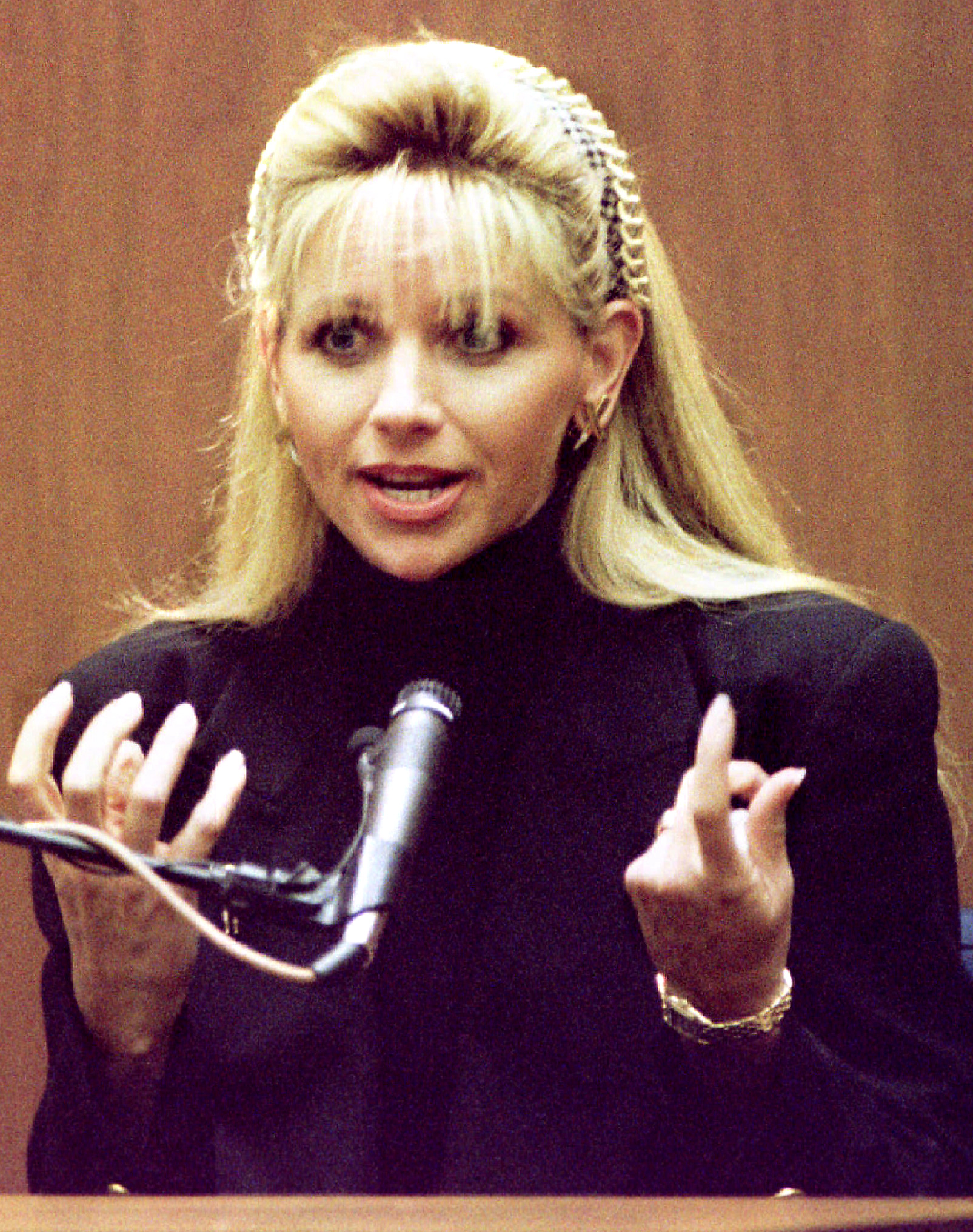
Post that, judges did not want a repeat of the OJ incident. Cameras are banned from US federal courts but were allowed in courtrooms of 47 states at the discretion of the judges, and most were not inclined towards it.
Are Cameras Permitted in US Courts?
According to a 2021 report by Reuters, some state and local courts in the United States permit cameras and allow live TV broadcasts of certain proceedings, but federal courts largely do not.
Broadcasting and photographing criminal proceedings in federal courts is prohibited under the Federal Rule of Criminal Procedure. A few federal district courts and circuit courts allow recordings “under certain, limited circumstances,” according to a 2019 report by the Congressional Research Service, the report says.
In Wisconsin, television cameras and still photographers are allowed in any courtroom proceeding, as stated in Chapter of its Supreme Court rules, which were adopted in 1979.
As stated by the Administrative Office of the U.S. Courts, cases involving the U.S. government, the Constitution or federal laws or foreign governments are under the jurisdiction of federal courts. This includes “a claim by the government that someone has violated federal laws,”. State courts deal with cases regarding state laws and constitutions.
The Drama of Courtroom Sketches
Some artists have risen to prominence through courtroom sketches, including Howard Brodie, who famously depicted the trials of Charles Manson, Patty Hearst, and the Chicago Seven, according to the Messy Nessy Chic report.
Marilyn Church drew the Son of Sam trial and had a similar stare-down with the defendant as Jane Rosenberg did with her subject. She also depicted the high-profile trials of John Hinckley, Woody Allen, Martha Stewart, Leona Helmsley, Jackie Kennedy, Donald Trump, and Robert Chambers, the “Preppy Killer.” Bill Robles’ first courtroom sketch was of the Charles Manson trial, but he later covered the trials of O.J. Simpson, Ted Kaczynski, Timothy McVeigh, Richard Ramirez, Rodney King, and Michael Jackson.
The Taylor Swift Court Sketch Controversy
The controversy wasn’t entirely new but a had a repetitive tone – court sketches attracting criticism from the public on them not being in a good likeness of the persons involved. The court sketches of Taylor Swift in her lawsuit against against ex-radio DJ David Mueller, who she alleges groped her, raised a lot of online trolling, with fans claiming they were unflattering or looked nothing like the famous singer.
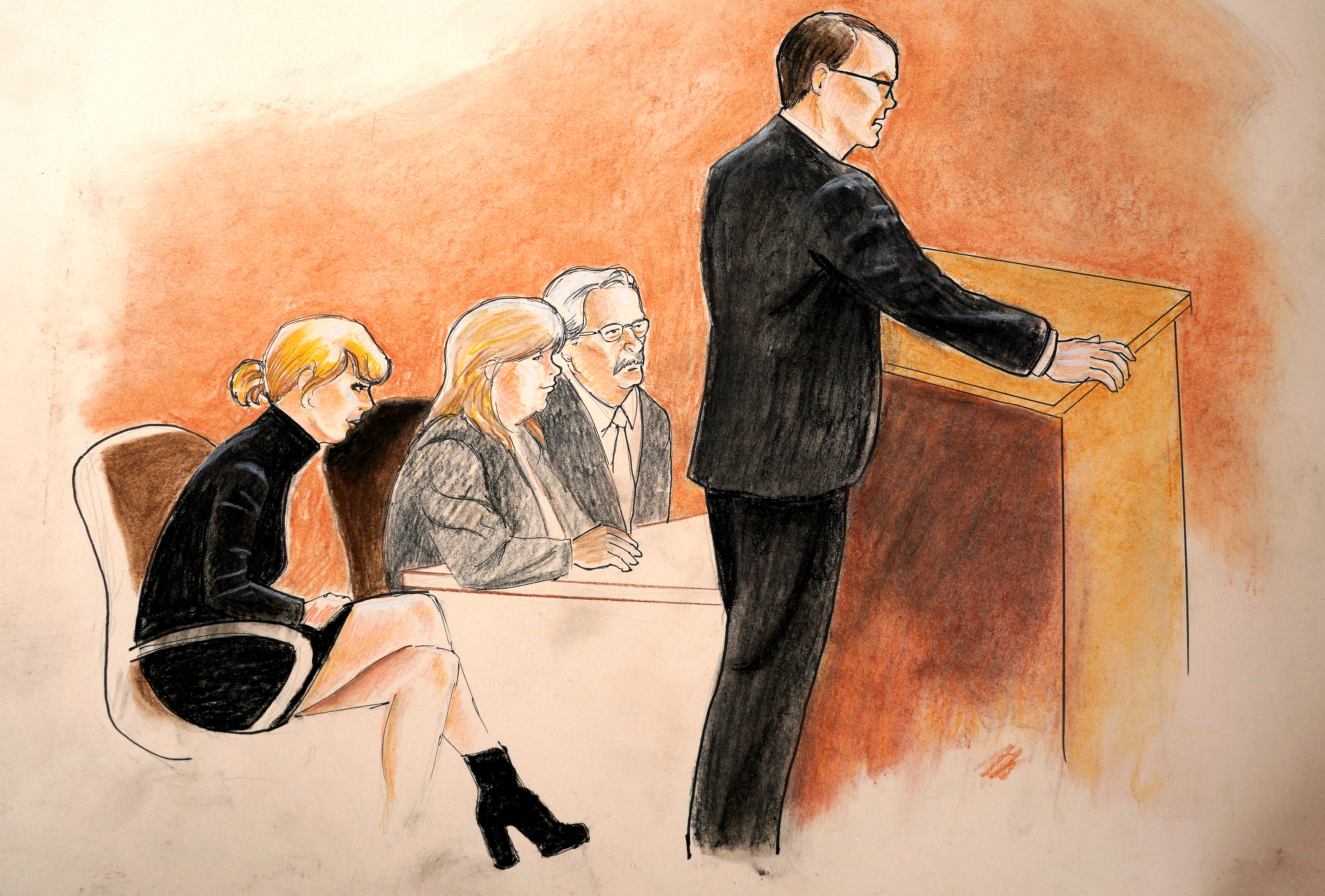
But there’s more to a court room drawing than meets the eye. Artist William Hennessy Jr, who has covered high-profile trials including those of Chris Brown and Mike Tyson told the BBC that was it a challenge because “nobody’s there to pose for you”.
He said there was a lot of pressure involved in celebrity court cases. There is also the issue of deadlines, and that artists can sometimes artists can barely see the person being drawn. “You have to get it down very fast – essentially [the moment] the hearing’s over is when they want the drawing,” Christine Cornell, a court artist who sketched the Bill Cosby trial told the BBC.
Read all the Latest Explainers here











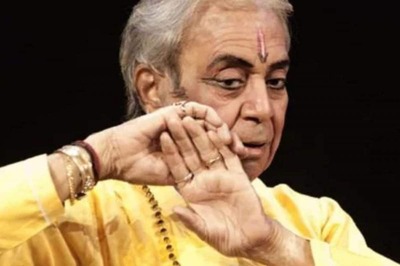



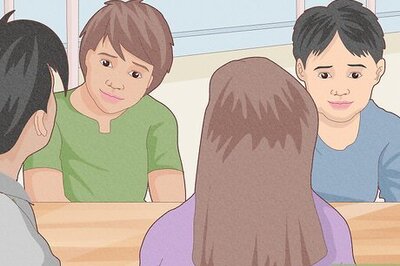

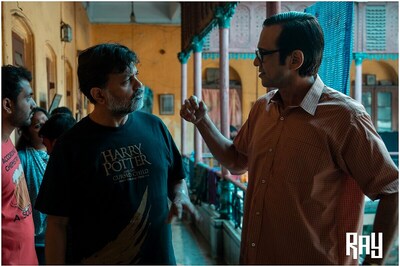

Comments
0 comment